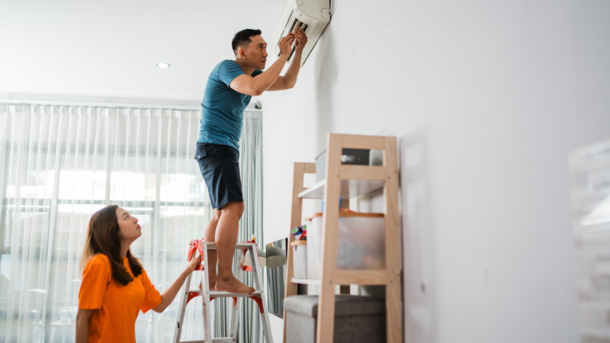Why Professional Plumbing Is Crucial for Your Home
Dealing with plumbing issues can be a daunting task. However, understanding the importance of professional plumbing services can save you a lot of headaches. This post explores why hiring experts for plumbing is not only smart but essential for maintaining your home.
The Hidden Complexities of Plumbing Systems
Plumbing systems are more intricate than they appear. Beneath walls and floors lies a network of pipes and fixtures designed to deliver water efficiently. These systems require specialized knowledge to maintain and repair them properly. Professional plumbers possess the skills and tools necessary to tackle any issue, ensuring your water supply remains reliable.
Preventing Costly Water Damage
Water damage is among the most common and costly problems homeowners face. A small leak can lead to significant damage if not addressed promptly. Professionals can identify and fix issues before they escalate. Their expertise ensures that minor problems do not evolve into disasters, saving you money in the long run.
Ensuring Health and Safety
Water quality directly affects your family’s health. Contaminated water can lead to severe illnesses. Professional plumbers ensure that your water supply remains clean and safe. They are trained to detect potential hazards and take appropriate measures to resolve them, providing peace of mind that your family’s health is safeguarded.
Efficient Problem Diagnosis and Resolution
Identifying the root cause of plumbing issues can be challenging. Professionals use advanced diagnostic tools to pinpoint problems quickly and accurately. Their experience means they can implement effective solutions without unnecessary delays. This efficiency minimizes disruptions to your daily life.
The Value of Timely Repairs
Procrastinating on plumbing repairs can lead to escalating issues. Timely intervention by professionals prevents small problems from becoming major repairs. Investing in prompt, professional service extends the lifespan of your plumbing system and maintains its reliability, providing long-term benefits.
Advanced Tools and Techniques
Professional plumbers have access to state-of-the-art tools and techniques. These resources enable them to perform repairs and installations with precision. Advanced equipment ensures that work is completed efficiently and to a high standard, reducing the risk of future problems.
Comprehensive Services
A significant advantage of hiring professional plumbers is the range of services they offer. From routine maintenance to emergency repairs, they cover all aspects of plumbing. Their versatile skill set means they can handle any challenge, ensuring your home’s plumbing system remains in optimal condition.
Saving Time and Effort
DIY plumbing repairs can be time-consuming and often lead to partially resolved issues. Hiring professionals saves you time and effort. Their expertise allows them to complete tasks swiftly and effectively, freeing you to focus on other priorities.
Enhancing Property Value
Well-maintained plumbing systems contribute to the overall value of your property. Potential buyers or tenants consider the condition of plumbing when making decisions. Professional plumbing services ensure that your property remains appealing and retains its market value.
Eco-Friendly Solutions
Environmental concerns are increasingly important for homeowners. Professional plumbers offer eco-friendly solutions that reduce water waste and conserve resources. Their advice and services help you create a more sustainable home environment.
Peace of Mind and Assurance
One of the most significant benefits of professional plumbing services is the peace of mind they bring. Knowing that experts are handling your plumbing needs provides assurance that everything is in good hands. This confidence allows you to enjoy your home without the constant worry of plumbing problems.
Avoiding DIY Pitfalls
DIY plumbing efforts often lead to temporary fixes that can exacerbate problems over time. Professionals ensure that repairs are done correctly the first time. Their training and experience mean they can avoid common pitfalls, providing lasting solutions.
Building Long-Term Relationships
Hiring a professional plumber allows you to build a long-term relationship with someone familiar with your home’s plumbing system. This relationship ensures consistent quality of service and makes it easier to address future issues. It also provides access to expert advice tailored to your specific needs.
Supporting Local Businesses
Choosing local professional plumbers supports your community. Local businesses often provide personalized service and are invested in maintaining their reputation. Supporting them contributes to the local economy and ensures that quality services are available in your area.
Professional plumbing services offer numerous benefits, from preventing costly damage to ensuring the health and safety of your household. Their expertise, advanced tools, and comprehensive services provide peace of mind and enhance the value of your property. Investing in professional plumbing is a smart decision that delivers long-term rewards. For those seeking expert help, booking a consultation with professional plumbers can pave the way for a well-maintained and efficient home.









